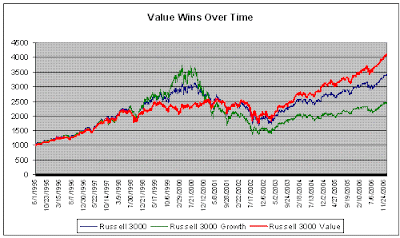Central to Modern Portfolio is the premise of diversification, that is, by investing in more than one security the investor can lower the overall risk of the portfolio. The overall risk in a portfolio is reduced by holding a diverse selection of securities versus a portfolio that is concentrated in one security or sector. Markowitz showed that investment is not just about picking individual securities, but about choosing the right combination.
Modern Portfolio Theory states that the risk for an individual security’s returns has two components:
- Systematic Risk - market risks that cannot be diversified away such as monetary policy (interest rates), fiscal policy (taxes), and other market-wide risks.
- Unsystematic Risk - specific to individual securities and the risk can be reduced as you increase the number of securities in your portfolio. It is representative of the part of a security’s return that is not linked to the market’s moves. For a well-diversified portfolio, the risk of each security contributes very little to portfolio risk. Rather, it is the difference between the securities’ levels of risk that determines overall portfolio risk. Thus, investors benefit from holding diversified portfolios instead of individual stocks.
 Any portfolio that sits on the curve is said to be efficient as it gives the maximum expected return for a given level of risk. A rational investor will only ever hold a portfolio that lies somewhere on the efficient frontier. The maximum level of risk that the investor will take on determines the position of the portfolio on the line. This determination of an investor’s risk level is of vital importance.
Any portfolio that sits on the curve is said to be efficient as it gives the maximum expected return for a given level of risk. A rational investor will only ever hold a portfolio that lies somewhere on the efficient frontier. The maximum level of risk that the investor will take on determines the position of the portfolio on the line. This determination of an investor’s risk level is of vital importance. The substance of Modern Portfolio Theory is that the market is hard to beat and that the people who beat the market are those who take above-average risk. It is also implied that these risk takers will get their just deserts during a market downturn. Review my previous posts on the value investing style to see how it may be possible to beat the market without taking extra risk.
Interesting questions to pose would be - How does real estate fit in an investment portfolio? Where would a piece of real estate fit along the risk / return scale?



















